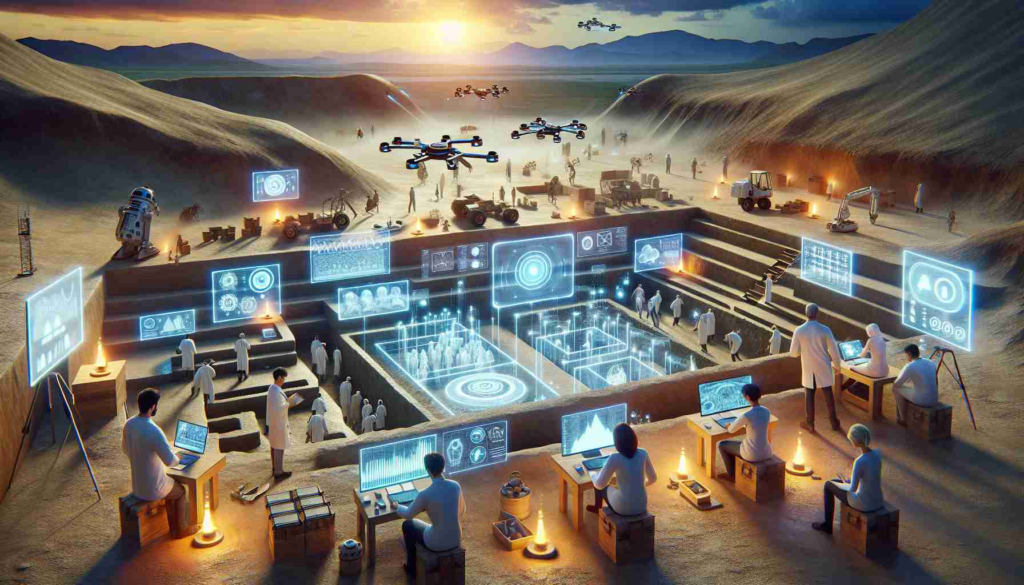The field of archaeology is witnessing cutting-edge developments as artificial intelligence takes the lead in unearthing historical artifacts. The use of advanced AI techniques has enabled researchers to significantly enhance the process of discovering ancient artefacts.
Instead of relying solely on manual excavation methods and traditional techniques, we are leveraging AI algorithms to analyze data and identify potential excavation sites with unprecedented accuracy. This innovative approach not only streamlines the excavation process, but also sheds new light on historical civilizations and their ways of life.
Leveraging AI capabilities, archaeologists can now sift through vast amounts of data in record time to identify patterns and anomalies that were previously unnoticed. This innovative collaboration between technology and archaeology will revolutionize the way we discover and interpret the past.
As we delve deeper into history, the integration of AI into archaeological practice opens up new possibilities and offers new perspectives on ancient cultures and civilizations. With AI at the forefront of excavation efforts, the future of archaeology looks brighter than ever.
Revolutionizing archaeology with AI technology: Revealing new discoveries
In the field of archaeology, the marriage of artificial intelligence (AI) techniques with traditional excavation methods is paving the way for groundbreaking discoveries and insights into ancient civilizations. In our previous article, we covered the efficiency and accuracy of AI in archaeology, but there are other fascinating aspects to consider in this innovative marriage of technology and history.
1. What are the main challenges in integrating AI technologies into archaeology?
Integrating AI technologies into archaeology poses several challenges, including ethical considerations regarding AI’s role in interpreting and preserving historical narratives. Issues related to data privacy, cultural sensitivity, and potential bias in AI algorithms are key factors that researchers must overcome to apply AI responsibly and ethically in archaeological practice.
2. What are the benefits of using AI in archaeological research?
One of the major benefits of using AI in archaeological research is its ability to process vast amounts of data quickly and efficiently. AI algorithms can identify patterns, connections, and anomalies in the data that human researchers might otherwise miss, resulting in more comprehensive insights into ancient civilizations. Additionally, AI technology can help more accurately predict potential excavation sites, saving time and resources in the field.
3. What are the potential drawbacks of relying on AI techniques in archaeology?
While reliance on AI technology in archaeology has its benefits, it also brings certain drawbacks. One concern is the risk of over-reliance on AI algorithms, which could lead to a decline in human decision-making and critical thinking in the research process. Furthermore, the upfront costs of deploying AI systems and the need for specialized training for archaeologists to effectively use AI tools could hinder the widespread adoption of AI.
In conclusion, the integration of AI technologies in archaeology represents a paradigm shift in how we explore and understand the past. By addressing key challenges such as ethical considerations and potential biases, and taking full advantage of the benefits of AI in data analysis and archaeological identification, researchers can unlock new dimensions of historical knowledge. Although there are obstacles to overcome, the collaboration between AI and archaeology promises to discover and preserve our common heritage in innovative and impactful ways.
For more information about the transformative role of AI in archaeology, visit Archaeology.org

